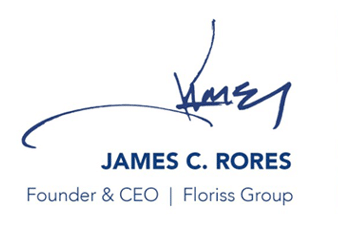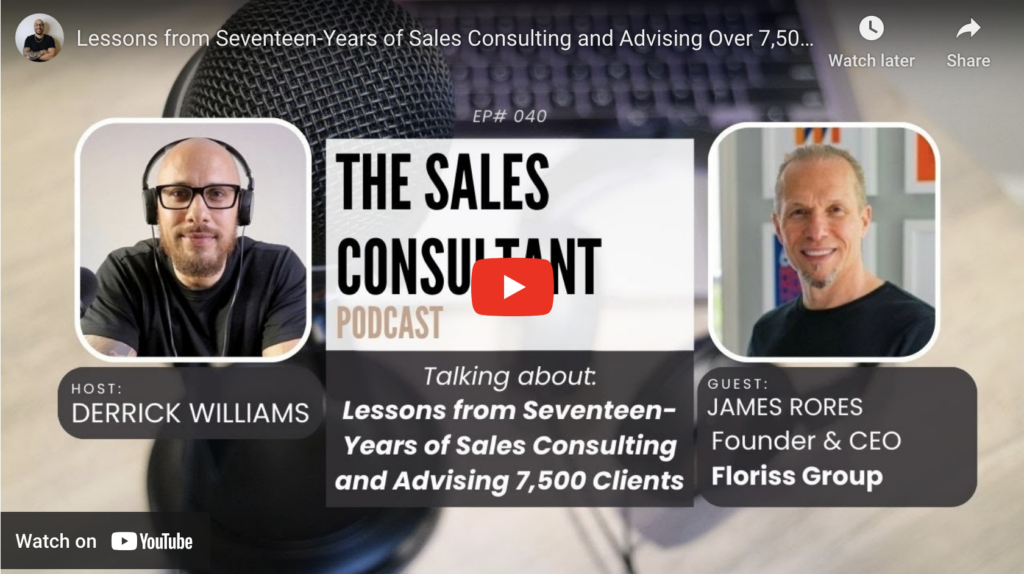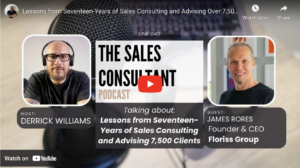People look up to high achievers in the workplace. These are the people who complete projects on time, perform at a high level consistently, push themselves to be better, and earn a good amount of recognition and praise along the way.
In the world of professional sports, it’s easy to pick out the high achievers because they earn monikers such as all-pro, super star or GOAT (greatest of all time) to signify it. Think, Tom Brady or Michael Jordan, the early 90s version. They both pushed themselves to be their best every time they took to the field or court and didn’t mind putting themselves through the gauntlet to get there. Just Google Tom Brady and avocado ice cream for an example of this dedication.
However, it’s never enough for high achievers. Even when they are successful, they aren’t satisfied. High achievers always want to reach that next level.
Look at where you were 5 years ago. You’ve probably made some significant gains. It’s easy to grow from 80% to 94% effectiveness, because there’s a good amount of field to travel. What about making the leap from 94% to 96%? It’s harder to close the gap, even make small incremental gains, when you’re already performing at a high level.
It’s comparable to when we are trying to lose weight. It’s easier to lose the first few pounds than it is to lose the last few to get to (and maintain) our ideal weight.
So, as managers, how can we continue to help high achievers advance?
First, you need to determine who your high achievers are. Who on your team is ambitious, self-disciplined, curious and driven to achieve? Once you establish who they are, you must meet them where they are, managing and leading them in a way they will respond to positively.
Below is a checklist we use each time we engage high achievers. Let us know what you think and if you have additional strategies and tactics you can recommend.
- How will you keep them engaged? This is about designing stimulating projects and work activities. However, we must do this in a way that helps develop their strengths and minimize their weaknesses. Look for opportunities to build winning habits by cross-training their mindset, skillset and toolset as opportunities present themselves. This approach will give them the diversity they crave and the professional development they work for.
- How will you set and reset expectations? There’s no real ceiling for a high achiever, but they still need to understand how to set expectations that are healthy, motivational and easily measured. This conversation should come full circle by also including individual, team and organizational goals. It is critical that your high achiever is capable of aligning themselves with the bigger picture. No one is an island, no one does it on their own, no one is 100% self made. If your high achiever does not respect the team and organization, they become a weak link and everyone will ultimately fall short of their potential.
- How will you offer feedback? High achievers are focused on consistency and continuous improvement. Therefore, they don’t just want praise and recognition. They also crave constructive criticism. One helpful tactic is the stop-start-keep method or the enhanced methodology we use, called the KISS List. This tool records insights into what the high achiever can keep, improve, stop and start. In addition, these insights are segmented by mindset, skillset and toolset, which aligns with the pursuit of building winning habits, discussed earlier. Download the KISS List here.
- How will you encourage honest failure? When professionals fail, emotions can take over and cause them to feel unsuccessful. As leaders we can help coach high achievers through a mindset shift to help them see failure as simply an opportunity to capture more data, which they can process and learn from. In this way they can be honest with themselves about the benefits of success and failure. They can more easily accept risks, detach from outcomes, do their best and perform in flow.
- How will you keep raising the bar? High achievers don’t thrive in stagnancy. Help fuel their drive by involving them in initiatives and projects that allow them to reach and redefine their potential. The more challenging the project the more confidence you demonstrate in their capability, and the more value they are able to deliver to themselves, your team and organization.
- How will you remember and align personal goals? High achievers have their own set of goals. As a manager and leader, it’s your job to provide a shared path to the results they’re looking to achieve. Empower goal achievement and alignment with a tool like an Individual Development Plan or IDP. This can create a simple structure for outlining each goal, plan, and scorecard (GPS), formalize mutual accountability to executing on plan, and keep track of their/your progress over time. Download a sample IDP here.
- How will you know it’s time to let them go? High achievers are driven to seek that next rung on the ladder. Is it realistic to assume you can always provide your high achievers access to the right ladder and the right number of rungs? Maybe. If not, plan ahead. Your team and organization will benefit far more from a planned transition than an abrupt departure.
So, what have you done to close the gap on the small incremental gains of your high achievers?
Continue the conversation with me on LinkedIn and check out our FREE Sales Flow Benchmark Analysis. Let Floriss show you what we can bring to your people, teams and organization.
We are here to help!











